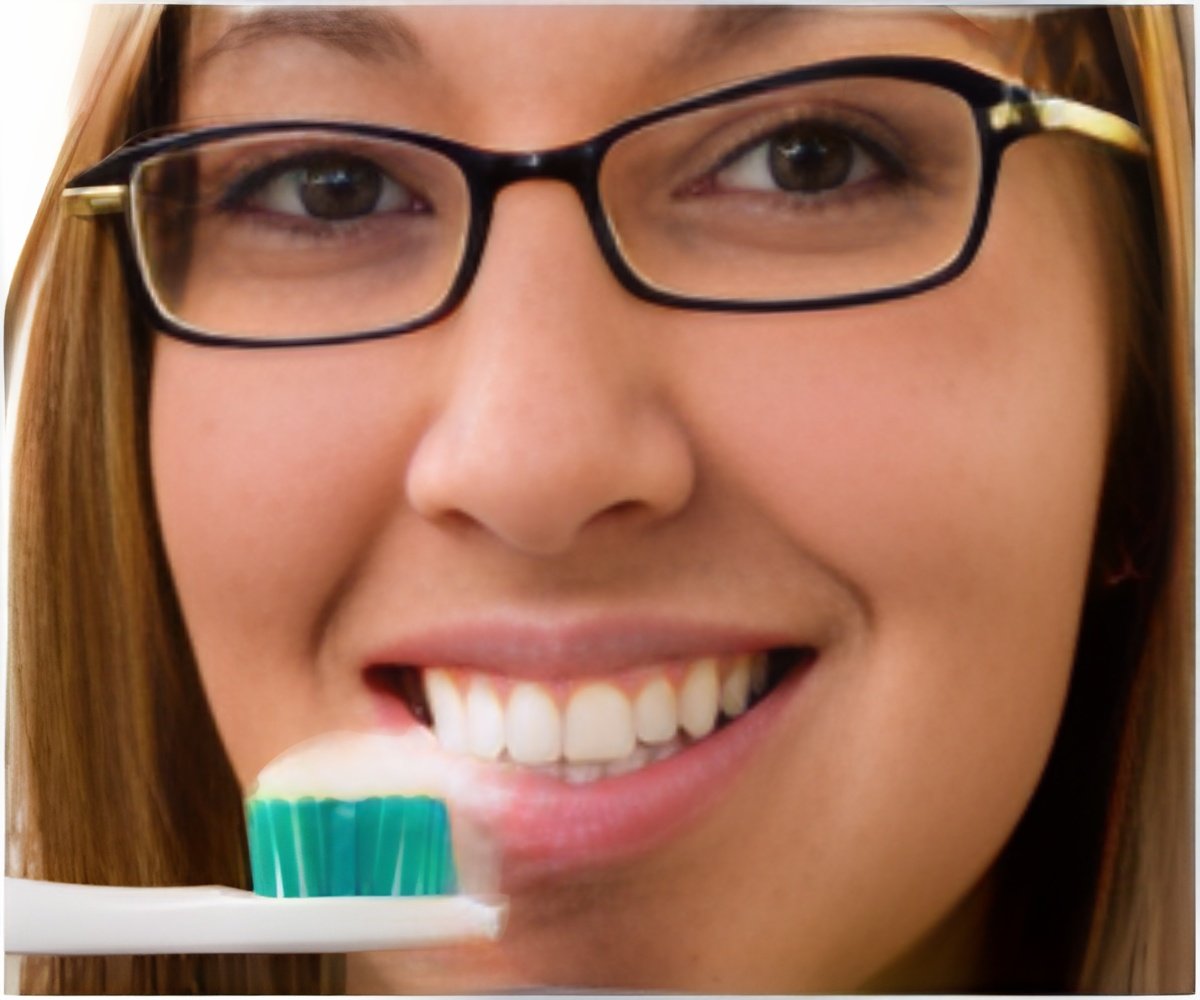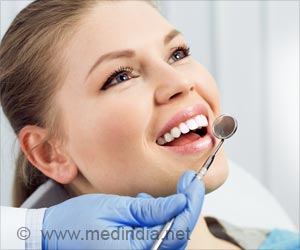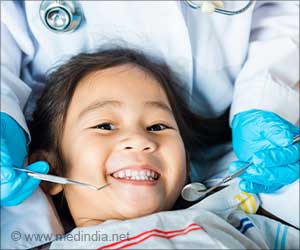Triclosan, an antibacterial agent found in certain toothpastes, which gets accumulated in toothbrush bristles and exposes the user to unregulated doses of triclosan.

TOP INSIGHT
Using toothpastes that do not contain triclosan can gradually reduce the amounts of the antibacterial agent over two weeks.
They found that brushing with these products allows triclosan to accumulate in nylon bristles and other soft toothbrush parts, where it stays unless the user switches to a non-triclosan toothpaste.
In that case, the triclosan held in the bristles readily comes out with each brushing, exposing the user to triclosan at unregulated doses, Xing says, depending on the chemical composition of the new toothpaste.
In September 2016, the U.S. Food and Drug Administration (FDA) banned triclosan from use in over-the-counter antibacterial liquid and bar soaps, gels and wipes, but it is allowed in toothpastes. On its triclosan consumer information page, the FDA says there is evidence that triclosan found in one brand was "effective in preventing gingivitis," or gum disease.
The safety agency adds that "some short-term animal studies have shown that exposure to high doses of triclosan is associated with a decrease in the levels of some thyroid hormones. But we don't know the significance of those findings to human health." Other studies have raised concerns that chronic triclosan exposure contributes to antibiotic resistance in bacteria, but again, the FDA points out that not enough information is available.
Xing says that like the FDA, he and his colleagues do not consider oral exposure to triclosan-toothpastes a health risk, but he adds, "We do recommend being aware of the uncontrolled accumulation and release behavior of this chemical, and potential unwanted exposure when users decide to switch to other regular toothpastes. We just want to make people aware that certain toothpaste chemicals can accumulate to substantial levels as they brush, and consumers can make up their own minds."
Results showed that over a third of the brushes they tested accumulated significant amounts of triclosan, Han, Xing and colleagues report. At the usual dose of 3 milligrams the amount in a stripe of paste equal to about two-thirds the length of a full-size brush head they observed a range of accumulation from 7 to 12.5 full doses accumulated over time.
Toothbrushes with soft polymer "polishing cups" and "cheek and tongue cleaners" absorbed the largest amounts. Han also points out that longer use of the brush led to larger accumulations.
The researchers tested six different triclosan-formulated toothpastes and, although the exact quantities vary, they found a similar pattern of accumulation when brushing with a typical triclosan-accumulating toothbrush. They say all the toothpastes are approved by FDA for use by adults and children aged six or older, and many are best-selling products.
When triclosan-laden brushes were then used with toothpastes not containing the antibacterial agent, triclosan was readily released from those toothbrushes with each brushing, with amounts gradually diminishing over two weeks.
They also found several other chemicals, including butylated hydroxytoluene (BHT), a controversial antioxidant used in some whitening toothpastes, accumulated in toothbrushes. Other chemicals commonly used in toothpaste such as methyl salicylate and anethole can also accumulate to substantial levels, "given the absorptive nature of materials commonly used on toothbrush heads," Han explains.
Xing and Han point out that with people throwing away used toothbrushes every day, those chemical-laden materials may constitute a sustained but previously unaccounted source of chemicals released into the environment.
This issue is not confined to toothbrushes or dental hygiene products, the authors point out. "On a larger scale, our study also raises broad questions on the general design of consumer products with absorptive polymer components that are regularly exposed to chemicals during use, particularly those used in personal care products."
Source-Eurekalert
 MEDINDIA
MEDINDIA



 Email
Email




